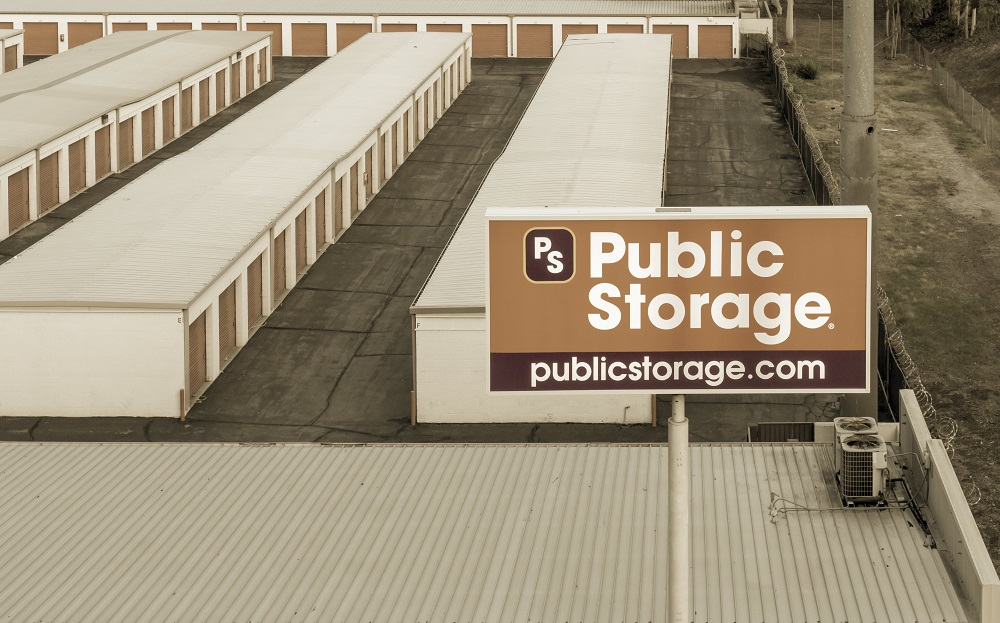Safety In “Store” For This Dividend

People who throw things out are my heroes.
While you won’t see me on an episode of Hoarders anytime soon, let’s just say it’s a good thing I have a big garage. It’s filled with what I call “mementos” – and what my wife calls “junk” – from my life. But I can’t get myself to toss it. What if I need that intramural hockey jersey from college someday?
Clearly, I’m not alone. That’s why self-storage facilities are booming and seen on seemingly every corner.
Public Storage (NYSE: PSA) is the world’s largest owner of self-storage facilities. It owns 2,386 self-storage facilities in 38 states. It also owns a minority interest in 221 facilities in seven European countries.
The stock pays a $2 per share quarterly dividend, which comes out to an annual yield of 4%. The company has raised its dividend every year since 2010. The last time it cut its dividend was 28 years ago.
Public Storage is set up as a real estate investment trust (REIT), which means it must pay out 90% of its income to shareholders in the form of dividends. As a result, the REIT doesn’t pay tax on its income.
In 2017, Public Storage paid $1.63 billion in dividends (including dividends on its preferred stock), while generating $1.69 billion in funds from operations (FFO), which is a measure of cash flow for REITs.
That doesn’t leave a lot of room for error, but the company did cover it.
Next year, FFO is forecast to climb 8% to $1.84 billion. Dividends, including those on its preferred stock, are expected to be $1.71 billion, giving the company a little more breathing room.
With a regular corporation, I like to see only 75% or less of cash flow paid out in dividends. It gives me comfort that if the company experiences a rough year or two, the dividend will not be cut.
However, with REITs and master limited partnerships, because they must pay out 90% of their earnings, they often pay most – if not all – of their cash flow in dividends. So you need a skilled management team that can grow the business to keep the dividend intact.
That appears to be the case with Public Storage. The dividend has not been lowered in nearly three decades. Though it paid out almost all of its cash flow in dividends last year, FFO is expected to grow again in 2018.
Should Public Storage’s FFO not grow to the levels expected, we could see a downgrade. But for now, given its history of a sustainable dividend and generating enough FFO to cover the divided, Public Storage’s dividend is safe.
Dividend Safety Rating: A

Disclaimer: Nothing published by Wealthy Retirement should be considered personalized investment advice. Although our employees may answer your general customer service questions, they are not ...
more


